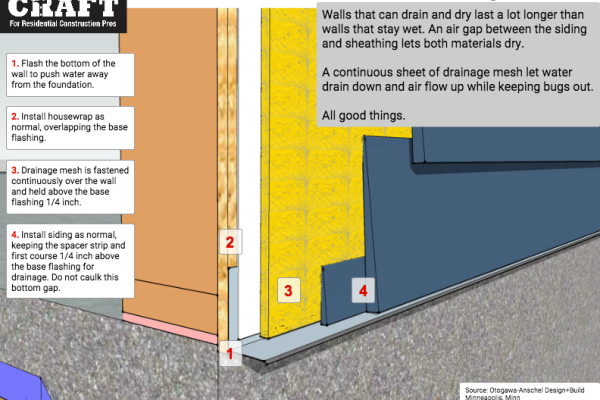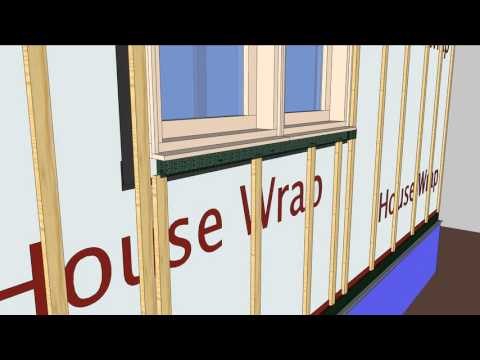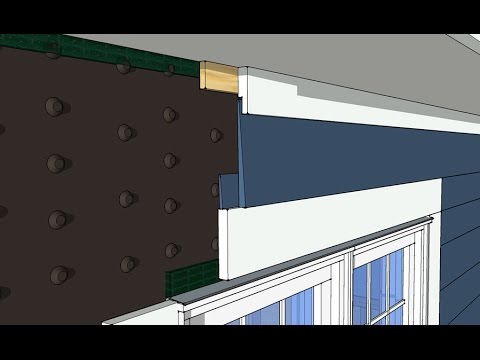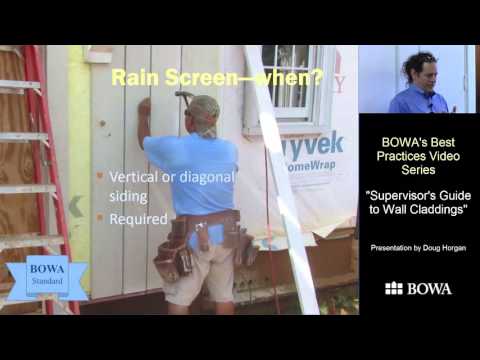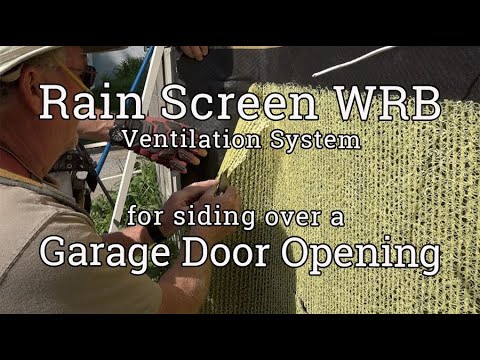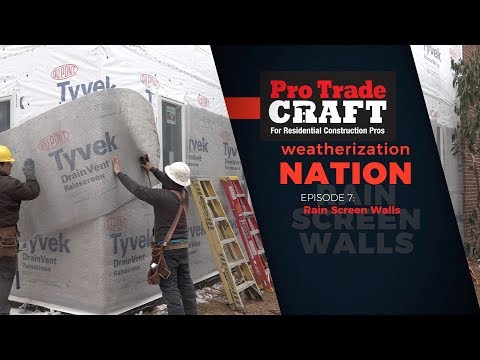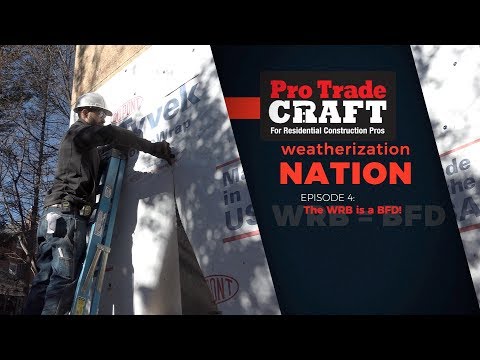Walls that can drain and dry last a lot longer than walls that stay wet. An air gap between the siding and sheathing lets both dry independently.
A continuous sheet of drainage mesh is a fast way to do it. Let's start at the beginning: It is smart to flash the bottom of the wall—to push water away—especially if you are draining the back of the siding.
Step by step:
- Install house wrap, overlapping the flashing as you would normally.
- After the windows are installed, add a mesh drainage mat to the outside the wall.
- Siding is applied directly over the drainage mat so water can drain out and air can flow in.
Above the window is the same deal, water can drain out, air can flow in. Below the window, air can flow up and out behind a notch in the trim board. Which is like the top of the wall. Walls that dry are walls that last for a long, long, time.
Source:
Otogawa-Anschel Design+Build
Minneapolis, Minn
More to Explore:
Building Science Corporation:
- Ventilated Wall Claddings: Review, Field Performance, and Hygrothermal Modeling
- Modeled and Measured Drainage, Storage and Drying Behind Cladding Systems
- IRC FAQ: Cladding Attachment Over Insulating Sheathing
Hammer & Hand best Practices manual:
